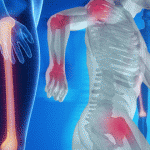For patients living with rheumatic diseases, the benefits of physical therapy and exercise cannot be overstated. “Working with a physical therapist provides a chance for careful evaluation of how the patient is moving and experiencing pain,” says Maura Iversen, BSc, PT, DPT, SD, MPH…







